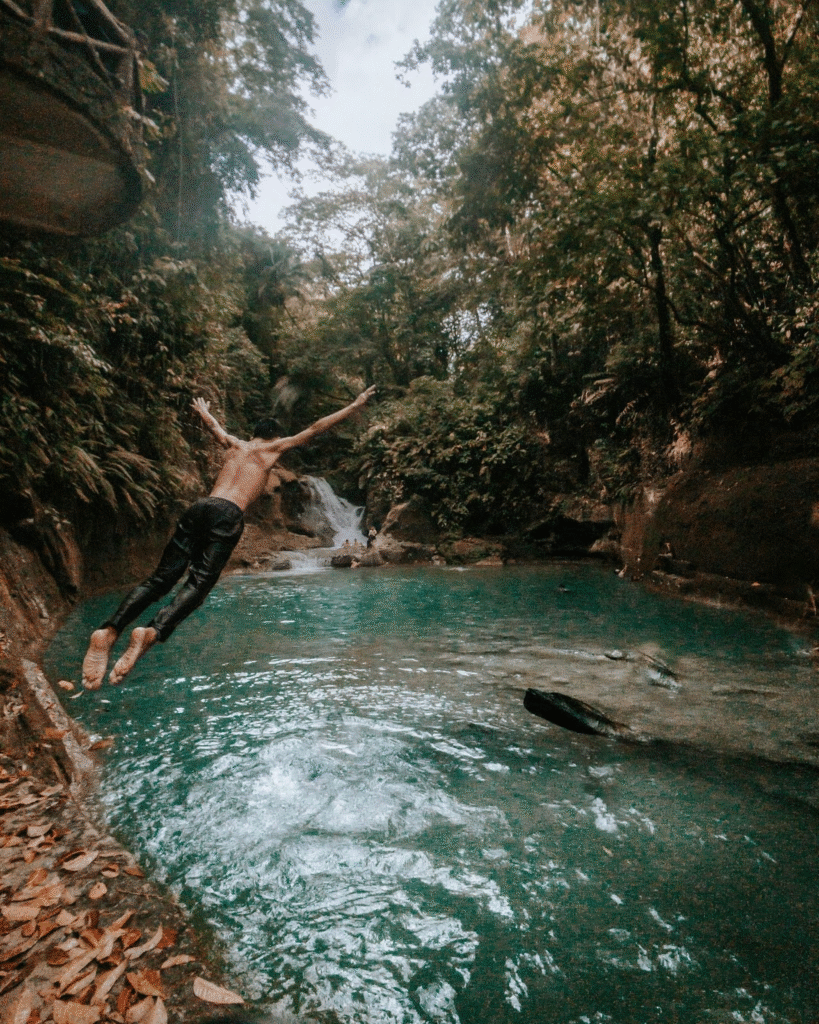The Rise of Cold Plunge Therapy: Does It Really Boost Recovery?

Cold water immersion is not a new idea. Ancient cultures used rivers, baths, and springs to refresh the body after work or ritual practices. What is new is the way cold plunge therapy has been reintroduced as part of modern recovery routines. Athletes, trainers, and wellness advocates now talk about it as a tool to manage fatigue and soreness. Some people even describe it as a mental practice, not just a physical one. And much like a person who tries sic bo online without knowing the outcome, stepping into freezing water can feel like a gamble until you experience the effects yourself.
Why Cold Plunge Therapy Attracts Attention
One reason cold plunges have become popular is accessibility. Anyone with a tub, a bag of ice, or a nearby body of water can try it. The practice does not require equipment, gyms, or structured programs. This simplicity appeals to people who want recovery methods outside of expensive treatments.
Another factor is visibility. Videos of people sitting in ice baths circulate online, often framed as challenges or demonstrations of toughness. This has helped spread the idea that the practice is more than recovery—it’s also a way to test personal limits.
But popularity does not always mean effectiveness. That raises the question: what do cold plunges actually do inside the body?
What Happens to the Body in Cold Water
When the body is exposed to cold water, blood vessels narrow. This reduces blood flow to the skin and muscles. In theory, this limits swelling and slows tissue damage after hard exercise. Once you leave the water, blood vessels reopen, and circulation increases. This “contrast” effect is often said to clear waste products from muscles, although research is not fully conclusive.
Cold exposure also activates the nervous system. Stress hormones rise, breathing changes, and heart rate adjusts. Some argue that this stress response explains the feeling of alertness that follows a plunge. There is also evidence that repeated cold exposure can improve the body’s ability to handle stress in general, a form of adaptation sometimes compared to training.
The Research So Far
Studies on cold plunge therapy show mixed results. Some research points to reduced muscle soreness in the days after intense workouts. Endurance athletes in particular report benefits when using cold plunges as part of recovery.
However, there are also studies suggesting drawbacks. For example, cold exposure soon after strength training may reduce muscle growth by interfering with the repair process. That does not mean cold plunges are harmful, but it does suggest timing matters. Using them occasionally for soreness relief may help, but making them a daily practice after lifting sessions could limit progress.
In other areas, like mood regulation and sleep, the evidence is still developing. Some small studies show improvements in reported well-being, but larger trials are needed.
Benefits Beyond Muscles
Not all interest in cold plunges comes from athletes. Many people try them for mental effects. Short periods of cold exposure force controlled breathing and focus. This can feel like a reset, similar to meditation or breathwork.
Some also find that cold plunges help with sleep quality. Lowering body temperature before bed may support deeper rest, though results vary. For others, the main draw is resilience—learning to stay calm in discomfort may carry over into daily life.
Risks and Practical Concerns
Cold plunge therapy is not risk-free. Sudden immersion can place stress on the heart and lungs. People with heart conditions or blood pressure issues should be cautious. There is also the danger of hypothermia if exposure is too long.
For most people, safe use means starting small. Even 30 to 60 seconds in cold water can trigger the effects. Over time, tolerance may build, but longer is not always better. Short, consistent exposure is often enough.
Is It Worth Adding to Recovery?
The real value of cold plunge therapy depends on context. For someone training daily, it may help reduce soreness and allow quicker return to activity. For casual exercisers, the benefits may be more about focus and mental clarity than physical recovery.
It is also important to place cold plunges within a broader recovery strategy. Rest, food, hydration, and sleep are still the foundations. Cold water can complement these, but it cannot replace them.
Conclusion
Cold plunge therapy represents a mix of tradition, science, and trend. The practice is simple, but its effects are complex. Research supports some recovery benefits, especially for soreness, while also showing potential trade-offs if overused. Beyond the physical, many people value the mental discipline it brings.
Whether it is worth adopting depends on personal goals. For some, it will become a useful recovery tool. For others, it may remain more of a challenge or occasional reset. Either way, the rise of cold plunges shows how old practices continue to resurface in new forms when people search for ways to improve recovery and resilience.